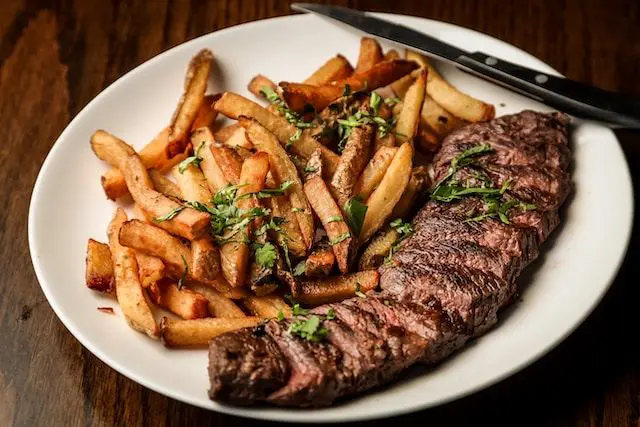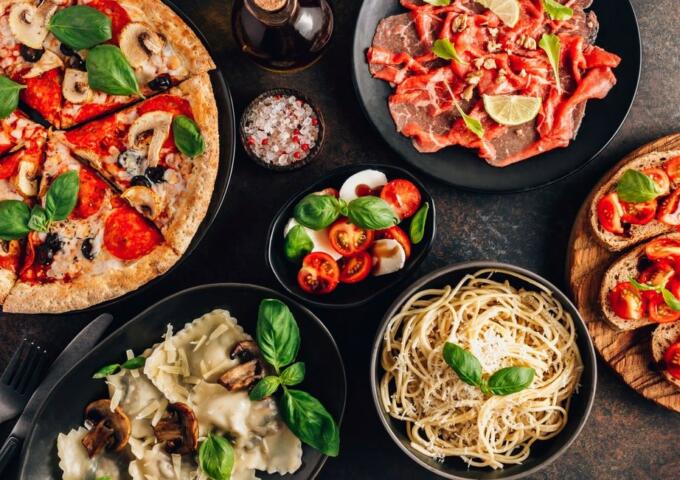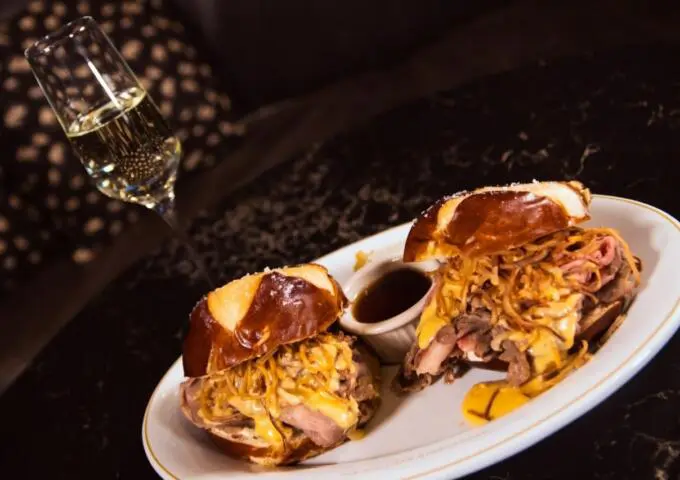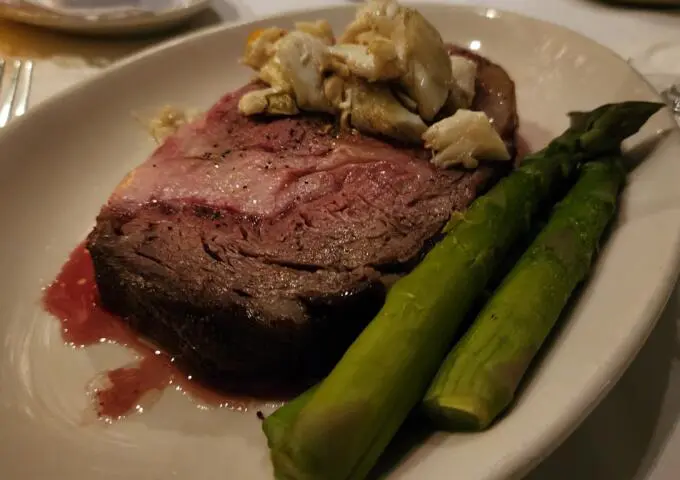This piece had all the makings of a straightforward feature.
Gifted really in the sense that it was the classic tale of an entrepreneur with a great idea who, with timing, residing in perfect circles and the undeniable fact that he hustled his ass off, turned his small idea into an empire that is set to expand even more in the coming months.
That entrepreneur is James Lindsay, who, unless you are deeply embedded in hip hop circles, you may never hear of. For those of you who love rap, then you’ve probably bought a bag of Rap Snacks at your corner poppy store or bodega. Lindsay, who grew up here in Philly, has taken the Rap Snacks brand to new heights, recently signing a deal alongside No Limit rapper-producer Master P., to have Rap Snacks embedded in 4,200 Walmart stores across the country.
It’s a good time to be Lindsay as Rap Snacks, which started in 1994, has emerged with a rebrand and bold new flavors like Migos Sour Cream and Ranch and Fetty Wap Honey Jalapeno. Lindsay capitalized on great timing, and the success of rappers in the industry, to push more chips throughout the region. According to a spokesperson for Lindsay, there are more than 5,000 small stores that actively carry Rap Snacks – in addition to the aforementioned chain of Walmart stores.
In Philly, specifically, just about every corner store has them – I know because I checked. I popped my head into 12 different stores mostly within sections of North and West Philadelphia (and a little bit of Southwest Philadelphia too), over a month-long period and only two stores I entered didn’t carry Rap Snacks.
“We want to become a lot more viral with the brand, and with Migos doing the ‘Dat Way’ song it definitely helped,” said Lindsay during a recent call with PW. Also on a count, during our just under eight-minute phone call from his offices in New York City, Lindsay used the word “brand” 32 times. “We were fortunate to get inside of Walmart, which positions us very well to have people recognize the brand a lot more.”
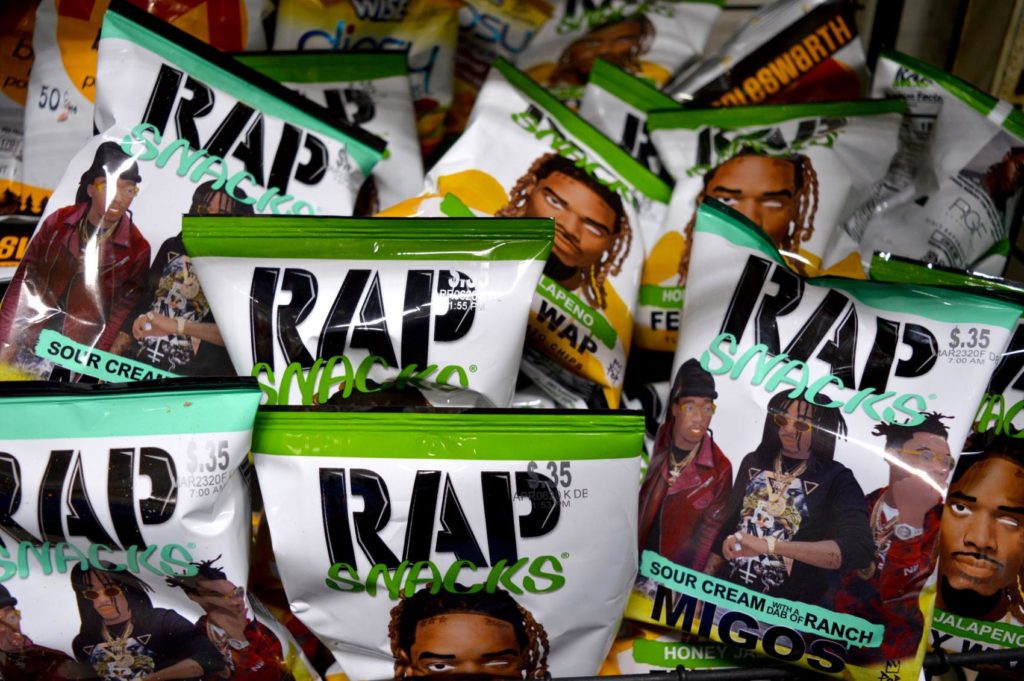
But what I noticed is that Rap Snacks and unique oddities of snacks like it tend to reside in the pockets of the inner-city. Lindsay noted, and I agree, that it’s mainly because that’s where the hip hop culture is most prevalent and the best place for his – you guessed it – brand to take off. But what perhaps goes unnoticed by the growth of Rap Snacks is that it’s housed primarily in food deserts where poppy shops offer the only opportunities to get some semblance of a meal.
Do you need penny candy, 35 cents potato chips and toilet paper? The poppy shop’s got you. A meal fortified in vitamins and minerals? Not so much. When asked about this, Lindsay went a big picture with his response.
“I’m looking to have the [Rap Snacks] brand become a worldwide brand,” he said. “Most of the time when people see the brand they think of it as an urban brand, which it started that way, but rap sells mostly within the inner city. Ideally, I want this to be a universal brand that everyone can buy and enjoy every day. I want to get to the point where anyone can be able to buy it, regardless of where they live, globally.”
Lindsay isn’t the only brand targeting inner-city corner stores with less-than-perfect food.
In doing this story, I also had a chance to take inventory of other snack brands capitalizing on making what I’d call “urban snack foods.” You know, the snacks that are prevalent in the inner city you’d never find in Trader Joe’s or Whole Foods. Some brands I’d never heard of, and some, like Herr’s, are easily recognizable. But with Herr’s, in supermarkets like Acme and Wegmans, you can get the usual varieties: Ripples, Sour Cream & Onion, Salt & Vinegar, Barbecue.
You know, the classics.
But go to the poppy shop and, in addition to those, there’s Ketchup chips, Red Hot chips, Hot Cheese Popcorn, BBQ Pork Rinds. All loaded with well over 500 milligrams of sodium between them and high levels of saturated fats. Then there’s Cheetos with its Flamin’ Hot variety, Doritos with its Tapatio hot sauce-inspired of chips and also an attempt to claim the Latino population with its Flamin’ Hot variety, Doritos “Flamas” and Doritos “Dinamita.”
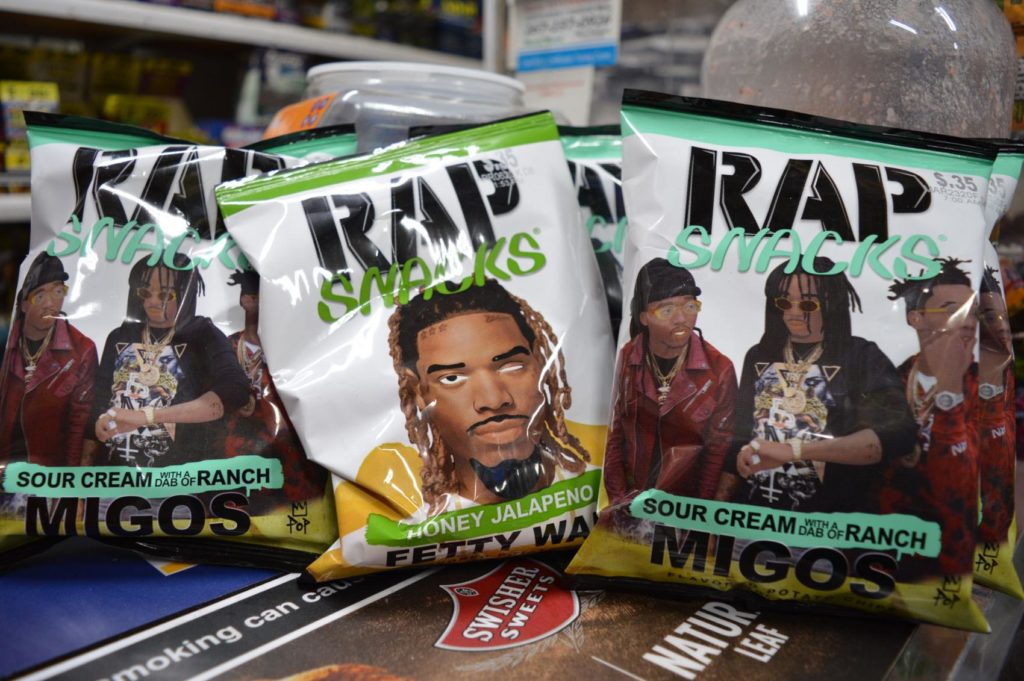
I mean it almost feels like targeting.
And in a major city like Philadelphia for these brands to be so prevalent in Black and Brown communities feels almost by design – in a city that boasts some of the highest childhood obesity rates and levels of heart disease and high blood pressure in the country. According to a 2017 resolution to curb childhood obesity from the Philadelphia Department of Public Health, 10 percent of children aged 2-5 are obese, and those children who are obese as kids are five times more likely to be obese as adults.
If this feels like I’m picking on Rap Snacks, please know this isn’t an attack. James Lindsay is a hustler having worked with many artists, including Philly artist and activist Meek Mill for the latter part of eight years developing his business strategy and overall … brand. I actually admire the hustle of this longtime behind-the-scenes businessman of hip hop.
“If you look at any positive food brands that [portray Blacks] you’ll see that we have very little,” Lindsay said. “You have Aunt Jemima, Uncle Ben’s – that’s who the mainstream is seeing as a representation of African Americans on the packaging. I wanted to create something that was out-of-the-box or to be disruptive of that flow. We worked with a lot of artists in the industry and I would tell guys ‘your brand is a lot stronger than you think it is.’ A lot of times these different deals
[artists]
get themselves into there [are] no equity rights, they’re not being marketed effectively, so I wanted to show that your brand has a lot more equity in it than you think.”
Another line that left me realizing that Lindsay’s goals aren’t sinister but hoping to fire up more entrepreneurship and inspire artists to chase the almighty dollar.
But to which, I ask? Why on the backs of the struggling neighborhoods they emerged from?
At the end of the day, I understand that these are all choice foods. As consumers, we don’t need to buy them. It’s a treat provided by expendable cash at an affordable rate. Except when it’s not a treat. When it becomes breakfast for students on their way to school. If you live in the city, think how many times you’ve seen a middle or high school-aged kid with a bag of chips on their way into class in the early hours of the morning? Sadly, it’s ingrained, and I think, in small part, these “brands” know it.
Especially Lindsay, who noted that his brand is growing. The Rap Snacks team will soon release a line of ramen noodles and is set to unveil, Wifey, a rose wine slated to drop in early 2020.
“We’ve been limited in some categories that I would like to hit going into 2020,” said Lindsay. “We also need to start looking at branching out in terms of different products under the Rap Snacks umbrella. I have another brand [of chips] coming out and it’s going to be all about the legends of the rap industry. We’re looking into the creation of ramen noodles too and if you look at the history of hip hop, it and ramen noodles go together.”
Just like sodium and hypertension.


